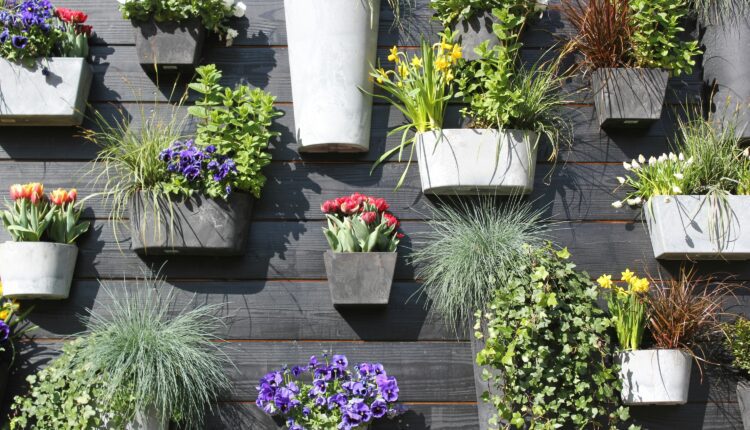
An outdoor container garden on a fence. (Lina Simonian/Unsplash)
Container gardening is a growing hobby nationwide that’s particularly well-suited to the Silver State. Here are some tips for starting a container garden in Nevada.
Container gardening is a growing pastime in the U.S. and well-suited to the Silver State, where we battle varied climates, nutrient-deficient soils, and weather extremes.
Along with its adaptability, container gardening doesn’t have to be a long-term commitment, making it a great option for the 42% of Nevadans who rent their homes or live in apartments, per the U.S. Census Bureau. Here’s everything you need to know.
What is container gardening?
Unlike a traditional garden planted in the ground, a container garden is made up of potted plants that are potted individually or with compatible plants.
It’s a versatile and potentially portable form of gardening—as simple as a couple of plants in containers or as grandiose as the garden of your wildest dreams.
Container gardens can be a short-term or long-term part of your landscape, lasting one season or several years.
How to pick containers
Along with adding to the aesthetic of your container garden, containers are the foundation for the plant and its root system and a reservoir for water and nutrients.
Pretty much anything that can hold enough soil is a container, but typical choices are terra cotta, glazed clay, concrete cast, plastic, fiberglass, metal, and wood—each with advantages and disadvantages.
KNPR’s Desert Bloom points out that metal and the Mojave desert don’t mix since metal conducts heat. The University of Reno Nevada Cooperative Extension notes that terra cotta, while attractive, may crack in colder conditions. Additionally, if you use wood that isn’t rot-proof, you’ll have to coat it with a preservative. Lastly, porous containers dry out rapidly, so plants may need more frequent watering.
The depth of your containers should be based on the type, size, roots, and growth rate of the plants, but deeper containers tend to drain better overall. The general rule of thumb is to use a container that’s at least one size larger than the original.

(Shutterstock)
How to pick plants
While it’s easy to be drawn in by the look and color of some plants, it’s more important to pick those that are suited to the local climate and other factors like wind and sun exposure.
Nevada has 13 United States Department of Agriculture (USDA) planting zones, ranging from 4a to 10a, divided based on climate and elevation. Your zone determines which flowers, vegetables, herbs, small shrubs, and trees will likely thrive.
You will also want to consider the location of your garden and adapt plants accordingly. To add varied heights to your container garden, KNPR’s Desert Bloom suggests using shelves, placing smaller containers on top and larger ones below.
For optimum results, the USDA suggests that plants receive 6 to 8 hours of direct sunlight. If that isn’t attainable, choose shade plants or a different location.
Seasonal planting
Different plants flourish in Nevada by season, and a well-designed container garden can add curb appeal to your home all year long.
The UNR Cooperative Extension recommends these plants for container gardens in Nevada:
- Perennials: Agapanthus, asparagus fern, carnation, chrysanthemum, geranium, and marguerite
- Bulbs: Amaryllis, canna (dwarf) crocus, daffodil, freesia, hyacinth, iris, ranunculus, scilla, and tulips
- Fall: Stocks, snapdragons, pansies, violas, dianthus, ornamental kale, ornamental cabbage, and cool-season vegetables like radishes, lettuce, and chives.
- Spring and summer: Ageratum, wax begonia (with shade), cockscomb, celosia, coleus (with shade), impatiens (with shade), lobelia, marigold, petunias, verbena, and zinnia
Perennials will give you year-round color, though they only bloom during certain seasons.
Catapulted to popularity by the invention of ketchup and other factors in the 19th century, patio or cherry tomatoes are among the most popular vegetables (fruits) grown in the US.
Herbs such as parsley, rosemary, and mint generally do well in containers.

(Shutterstock)
Pollinators
Pollinators include bees, wasps, moths, butterflies, birds, flies, and bats. They help fertilize plants so they can produce fruits, seeds, and young plants. The food we eat, the air we breathe, and the economy all depend on their efforts.
At least 75% of all the flowering plants on earth are pollinated by insects and animals, according to the National Park Service. This accounts for one out of every three bites of food you eat. Pollination by honey bees alone contributes to billions of dollars of crop production in the US.
To attract pollinators, choose plants that are native to Nevada.
How to care for your container garden
Preparing containers
If you happen to pick containers without drainage holes, don’t panic. While holes are essential so excess water can drain, you can always drill them on your own.
The UNR Cooperative Extension suggests placing a piece of screen over the holes before adding the soil to prevent it from washing out of the drainage holes.
Soil
Your soil, or planting mix, is crucial to the success of your container garden. Look for potting mixes that hold water and air, not regular garden soil.
The consistency of the mix should be the same throughout the container.
Water
Container gardening requires more water than traditional gardens. Water your plants daily during hotter months and less frequently during cooler months.
Underwatering will dry out the plant, while over-watering will drown it. Both scenarios endanger the plant’s growth and life.
In addition to researching your plants, get to know them by observing the garden and inspecting the soil. The more familiar you become with your plants, the easier it will be to determine when and how much water they need.

(Shutterstock)
Other considerations
In addition to picking out plants and setting up the garden, container gardening requires fertilizing, pruning, training, pest control, disease control, and, occasionally, repotting.
Take a gardening class
- With offices in 15 of Nevada’s 17 counties, the UNR Cooperative Extension, located at 8050 Paradise Road, Suite 100 in Las Vegas, is a fantastic resource for new and master gardeners. The Department of Agriculture offers several classes, including workshops covering the secrets to high-desert gardening. For more information, call (702) 257-5555 or (702) 222-3130.
- The Springs Preserve in Las Vegas offers Desert Gardening 101 and other gardening classes on gardening in Nevada’s unique climate. The Gardening 101 class covers drought-tolerant plants, soil preparation, sun exposure management, pest control, and mulching. Learn more here.
- Truckee Meadows Community College (TMCC) in Reno has classes on basic gardening techniques, edible gardens, and more. Learn more here.
Additional resources for container gardening in Nevada
- Moana Nursery in Reno, Sparks, and Tahoe: Successful Gardening in Northern Nevada
- Cacti Landscape in Las Vegas: Las Vegas Gardening: How to Garden in a Desert City
This article first appeared on Good Info News Wire and is republished here under a Creative Commons license.
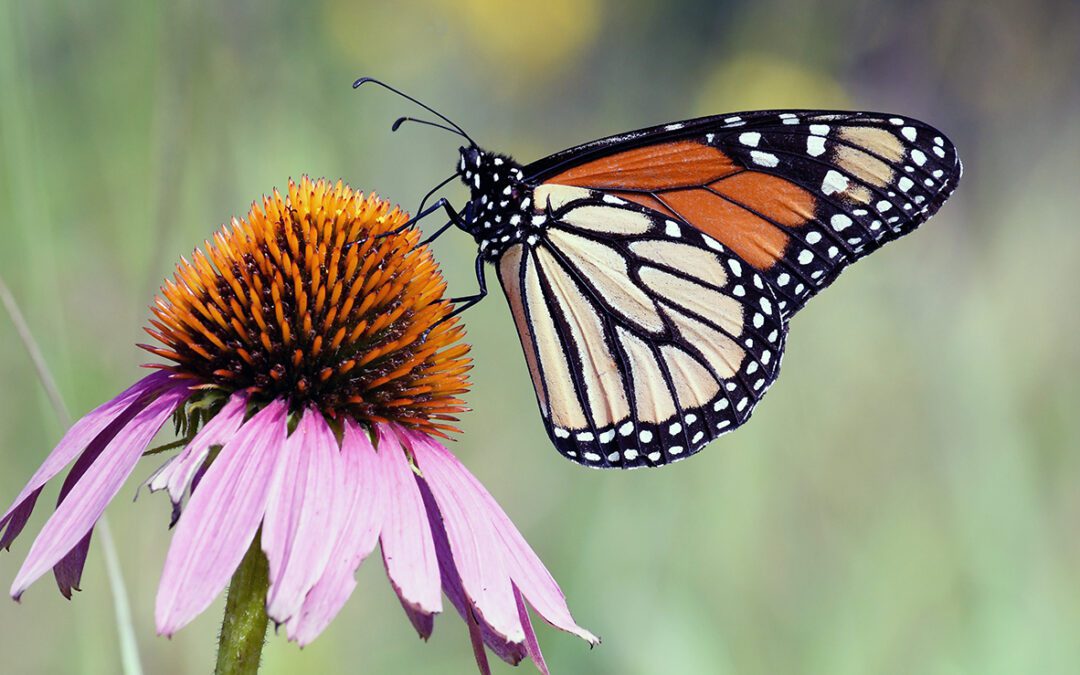
La inclusión de la mariposa Monarca en la lista de especies amenazadas ofrece un camino para su recuperación
La propuesta de incluir a la mariposa monarca migratoria en la lista de especies amenazadas, proporciona un camino para recuperar a esta especie y...
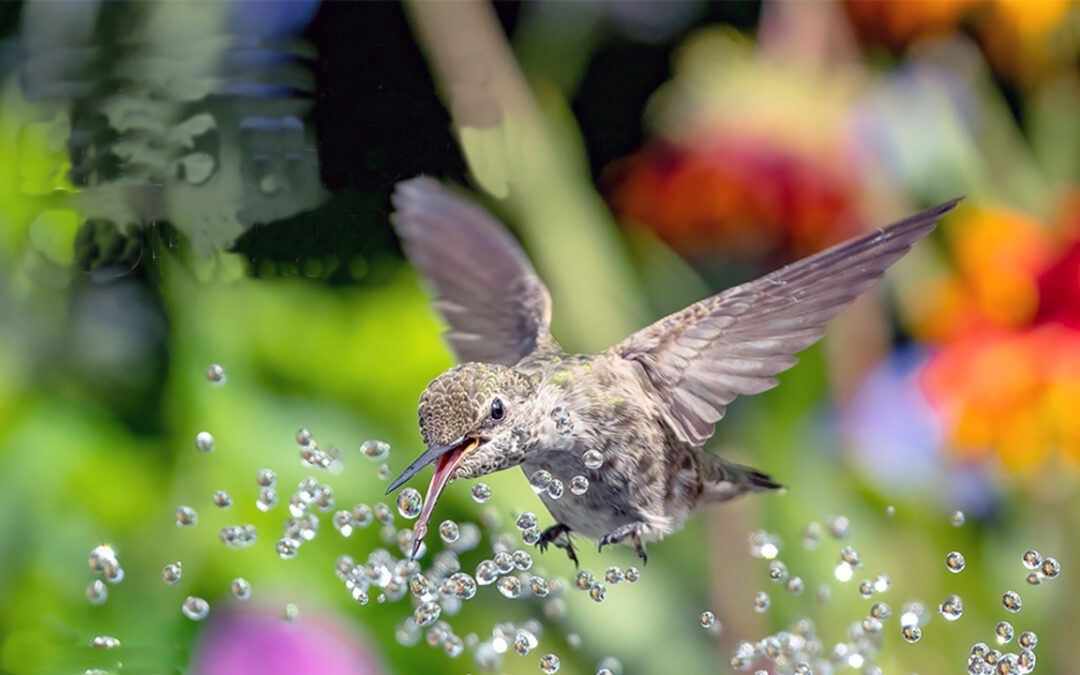
Promueve NWF concurso de fotografía sobre jardinería sostenible para la vida silvestre
El concurso se cierra el próximo 16 de octubre de 2024. Serán premiadas las fotografías a color que mejor ilustran el impacto de los jardines que...

Video: Rep. Susie Lee Scores Win as Bill Expanding Access to Public Lands Passes US House
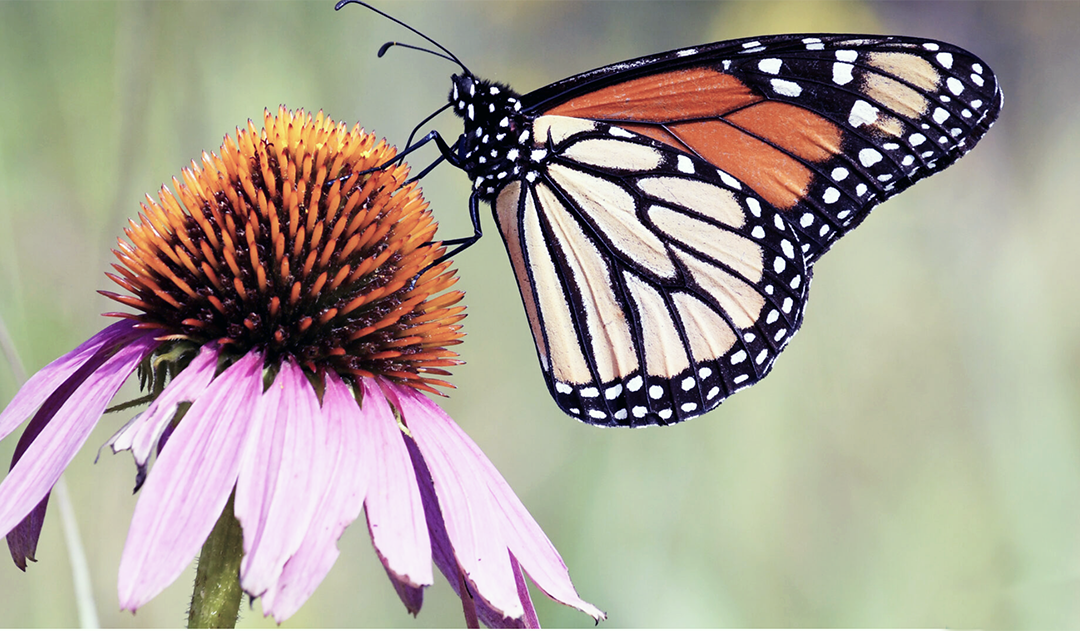
Programa comunitario trinacional ayuda a proteger a la mariposa monarca
El programa Mayors' Monarch Pledge de la National Wildlife Federation's se extendió hasta el 30 de abril. Así lo dio a conocer mediante un...

The top 5 hiking trails near Las Vegas
While the Strip's neon lights and jackpot chimes may steal the limelight, let's not forget about the natural jackpot that Las Vegas residents hit...
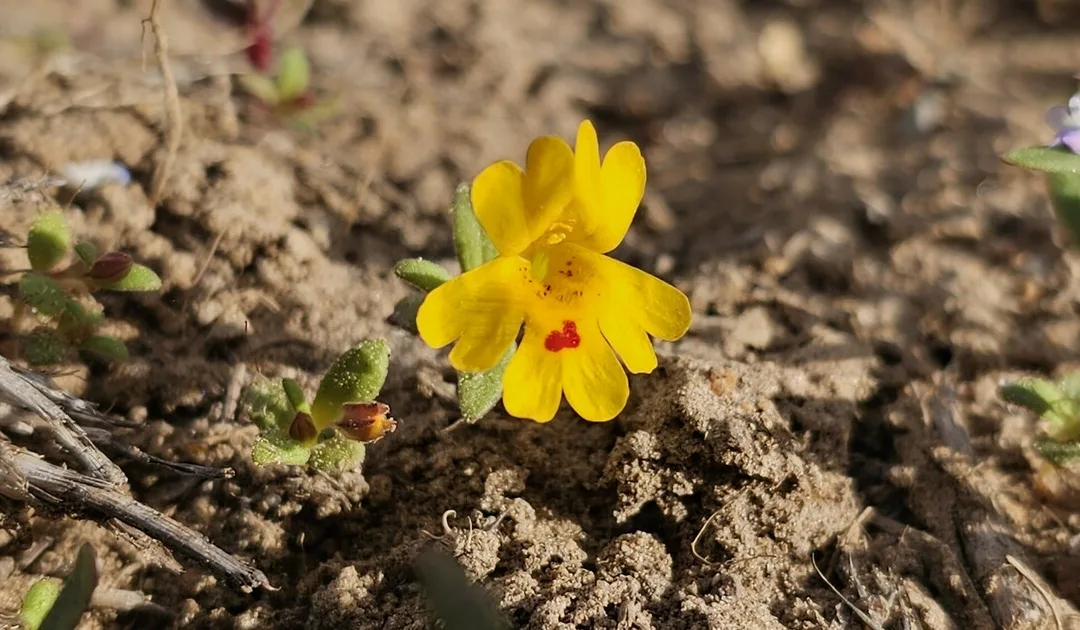
Se busca protección para flores silvestres en peligro de extinción del norte de Nevada
RENO, Nevada— El Centro para la Diversidad Biológica solicitó (petitioned) al Servicio de Pesca y Vida Silvestre de EE. UU. que proteja una planta...





